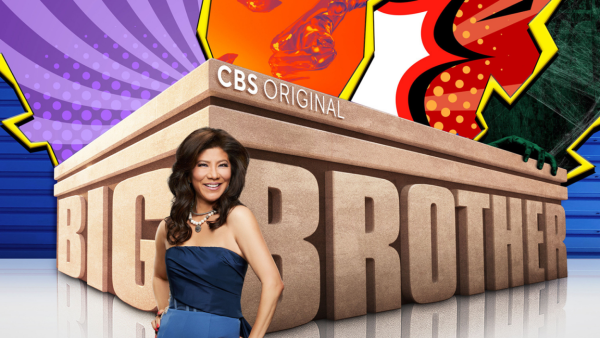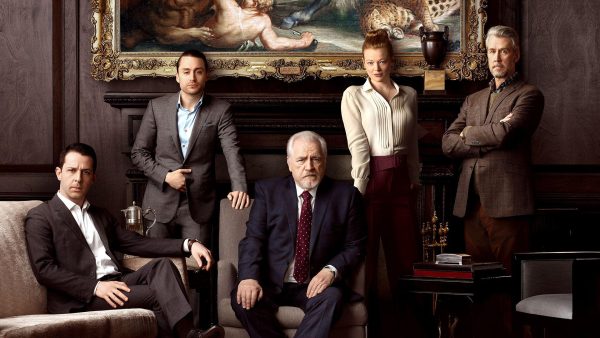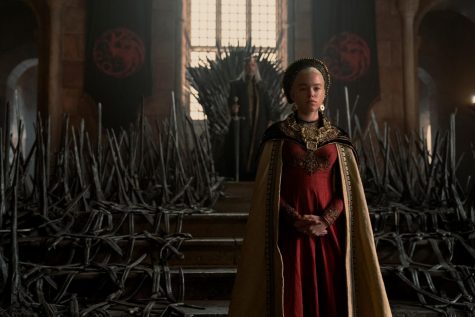Vampires: The Ultimate Sex Symbol?

For years, whether it was through film, television, books, or the many questionable fan fiction websites, we were constantly bombarded with a sub-genre of horror that had the bizarre notion of undead being the ultimate sex symbol.
The vampires of mythology represent, to many, an unachievable level of human desire and temptation.
For a while I attributed films like the Twilight franchise and television shows like Vampire Diaries and American Horror Story to the cause for romanticized and oversexualized portrayals of vampires.
And while I would not consider myself a fan of the vampire genre, I must applaud and recognize its cultural influence. I thought the concept of vampire temptation was generally new phenomena born from a generation glued to their technology and would rather fantasize about undead, blood sucking creatures rather than the real flesh and blood people around them.
I was mistaken.
Because after much research, it’s almost comical to think the Twilight books/movies are the first to make audiences pine over vampires.
Before 2005’s Twilight, there was 1897’s Dracula.
Everyone knows the character of Count Dracula is inarguably the father of the vampire trope.
But as someone who before this never read Abraham Stoker’s Dracula, the characters first appearance, and only knew the characters from his films and shows, I never realized how overtly sexual the Count is.
Everyone believes that Edward Collins is the first heartbreaking vampire, but in actuality Count Dracula was the first to do so.
Within Stokers writing, there are numerous slight references and scenes that can be easily interpreted as being sexual in nature. And sometimes, those “slight references” become glaring, uncomfortably sensual moments that one cannot help but realize its hidden meaning.
The tension between characters is palpable and the prose heavily alludes to the concept of human sexuality, lust, and sensuousness.
This is most evident when we look at the book’s protagonist. Jonathan Harker.
Harker is a deeply religious and sexually repressed figure that acts as a symbol of the typical Englishman of the 19th century.
He considers the very idea of physical intimacy as purely lustful and sinful in nature. So, there is obvious conflict when thrown into the hellish, oversexualised world of Court Dracula. The Count is very much aware of Harker’s “purity” and fully uses this to his advantage.
Early on in the book, Harker cuts himself when shaving and this ignites an almost monstrous amount of lustful need for blood inside the Count.
Without a doubt, this scene reads like a moment from a modern vampire romance novel. But what makes it the classic it is, is that it goes further with the metaphor. Because what stops him for indulging in his desires is the crucifix hanging from Harker’s neck.
Yes, this is because there is some spiritual power contained in it that wards away evil, but when we apply this to the theme of lust and sexuality, there is a far more interesting interpretation to this scene. Religious iconography is what stopped him, which could symbolize how people of 19th century society become sexually repressed and stop these human desires because of their faith.
The story goes on to show Dracula tempt Hecker by having numerous women catch his attention by using their bodies.
The sexual tension between them and Hecker is nearly uncomfortable. He feels an “wicked” amount of “burning desire” for them, yet feels he cannot indulge in this “sinful” behavior. This fear of being influenced by lust is a major worry not only for Harker, but society overall. And it seems like vampires like Dracula know this and lean into this heavily as a manipulation tactic.
And this is where we get the connection between sex and vampires.
In an era that was deeply rooted on a purity-based system that saw the topic of human sexuality as taboo and obscene, it’s fascinating that Stoker tackled the topic fearlessly and used the vampire myth to place a mirror in the faces of their audience.
Their biggest fear was lust.
Jonathan Harker is a man whose sexuality has become chained to his religious ideals and therefore fears anything that can be seen as going against the faith’s view of human sexuality.
Dracula, it can be argued, sees sexuality as a tool in his arsenal. He overindulges on his sexual needs and uses it as a weapon against his prey. Leading to the concept that he’s used his sexuality so much as a tool to the point where he doesn’t seem to enjoy it.
This conflict between the innocent and the lustful irreversible caught the imagination of the minds of readers. Snowballing into movies like Twilight and Underworld.
Without Dracula, the idea of the vampire sex symbol would not exist.

Maleek Munroe is a senior at Mercy College, majoring in communications. He graduated Nyack High School, where he found his love and passion for both...







